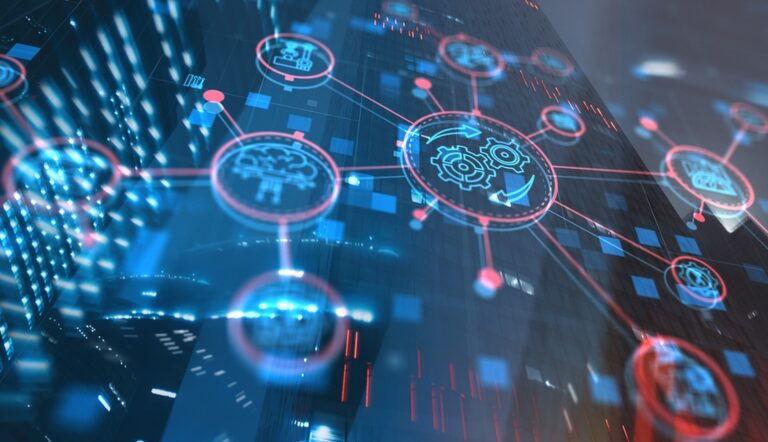Consumer demands for transparency and sustainability are on the rise, and the importance of both food traceability and inventory visibility cannot be overstated. While traditionally viewed as distinct objectives pursued by different departments within an organization, there exists a significant overlap between these two goals. Leveraging the technologies and processes that enable food traceability can profoundly enhance end-to-end inventory visibility, leading to improved efficiency and responsiveness in the supply chain.
Understanding the Interconnection
At first glance, food traceability and inventory visibility might seem unrelated. Food traceability primarily focuses on tracking the movement of products through the supply chain, ensuring transparency and accountability at every stage. On the other hand, inventory visibility aims to provide real-time insights into the availability and location of inventory within the supply chain network. However, upon closer examination, it becomes evident that these goals are intricately linked.
Consider a scenario where a food manufacturer encounters a quality issue with a particular batch of products. With robust food traceability measures in place, the manufacturer can swiftly identify the affected batch, trace its journey through the supply chain and implement targeted recalls or corrective actions. Now, imagine if this process were seamlessly integrated with inventory visibility systems. Not only could the manufacturer identify the affected products, but it could also assess the impact on inventory levels across various distribution centers and retail outlets in real time. This level of visibility empowers organizations to make informed decisions swiftly, minimizing disruptions and optimizing resource allocation.
Linking Goals and Scope
To harness the synergies between food traceability and inventory visibility, organizations must align their goals and scope effectively. Rather than treating these objectives as siloed initiatives, fostering cross-functional collaboration is crucial. By involving stakeholders from both food safety and supply chain management departments, organizations can ensure that investments in technology and resources are directed towards shared objectives.
One way to link these goals is by integrating traceability data into existing inventory management systems. Modern traceability solutions, leveraging technologies such as blockchain, radio frequency identification devices (RFID) and Internet of Things (IoT), generate a wealth of data regarding product movements, storage conditions and handling procedures. By integrating this data with inventory management systems, organizations can gain granular insights into stock levels, expiry dates and shelf-life, enabling proactive inventory management strategies.
Technologies and Processes
Several technologies and processes can be employed to achieve seamless integration between food traceability and inventory visibility:
- Blockchain Technology: Blockchain offers a decentralized and immutable ledger that records transactions transparently. By leveraging blockchain for food traceability, organizations can create a tamper-proof record of product movements, which can then be integrated with inventory management systems for enhanced visibility.
- RFID and IoT Sensors: RFID tags and IoT sensors can be affixed to product packaging to track their movement in real time. These devices provide data on factors such as location, temperature and humidity, enabling organizations to monitor inventory status accurately.
- Data Analytics: Advanced analytics techniques can process the vast amounts of data generated by traceability and inventory systems, extracting actionable insights. Predictive analytics algorithms can forecast demand patterns, optimize inventory levels and identify potential supply chain risks.
- Collaborative Platforms: Cloud-based collaboration platforms facilitate seamless communication and data sharing across supply chain partners. By connecting stakeholders in real time, these platforms enable collaborative decision-making and foster transparency across the entire supply chain network.
The convergence of food traceability and inventory visibility represents a significant opportunity for organizations to enhance efficiency, mitigate risks and meet evolving consumer demands. By aligning goals, leveraging innovative technologies and fostering cross-functional collaboration, organizations can achieve a holistic approach to supply chain management. Embracing this integration not only ensures regulatory compliance and enhances brand reputation but also lays the foundation for a resilient and responsive supply chain ecosystem in the face of future challenges.
Want to learn more? Come visit enVista’s speaking session at Food Safety Summit 2024. This session entitled, “Pairing Food Traceability with Inventory Visibility,” will take place Wednesday, May 8 from 1:45 to 2:15 p.m. in Tech Tent 1. You can also find enVista at booth 534 – schedule a meeting today!






